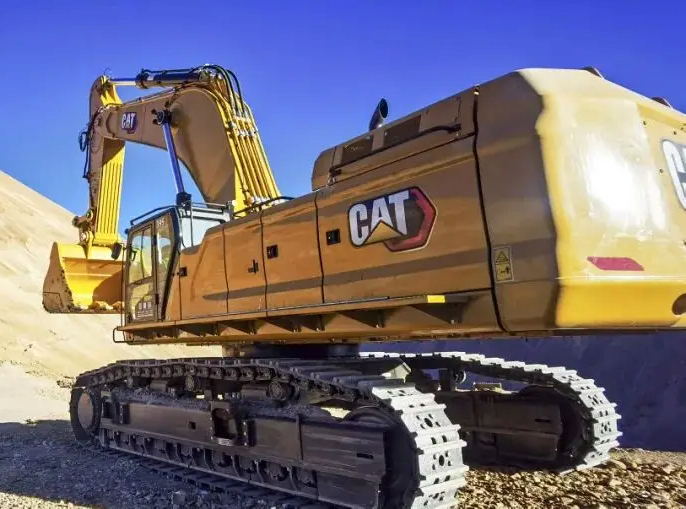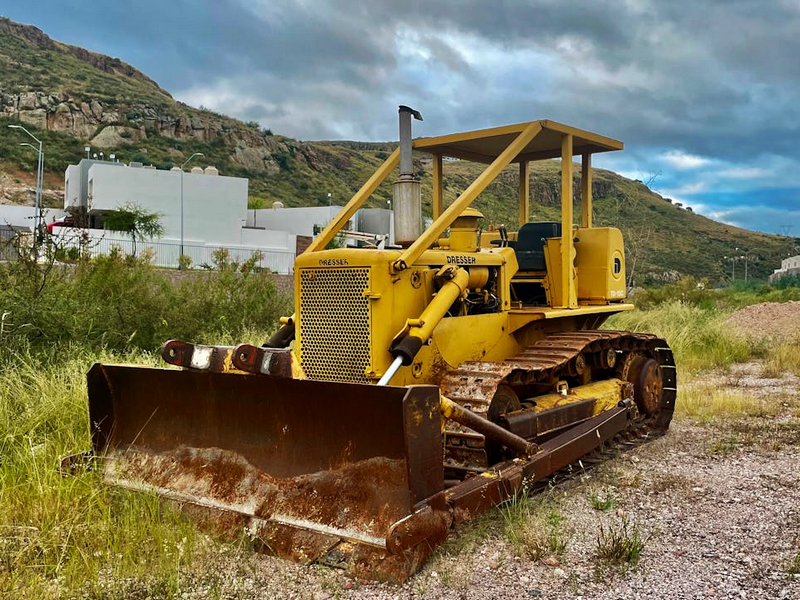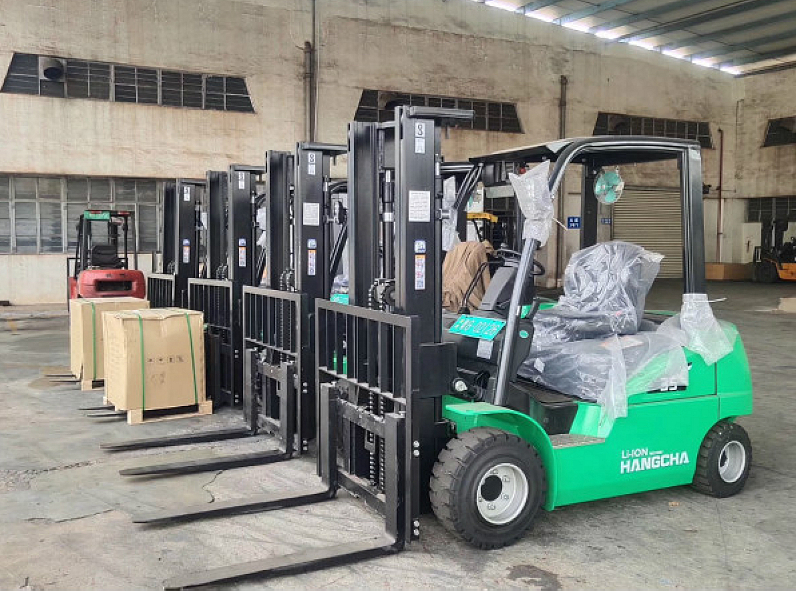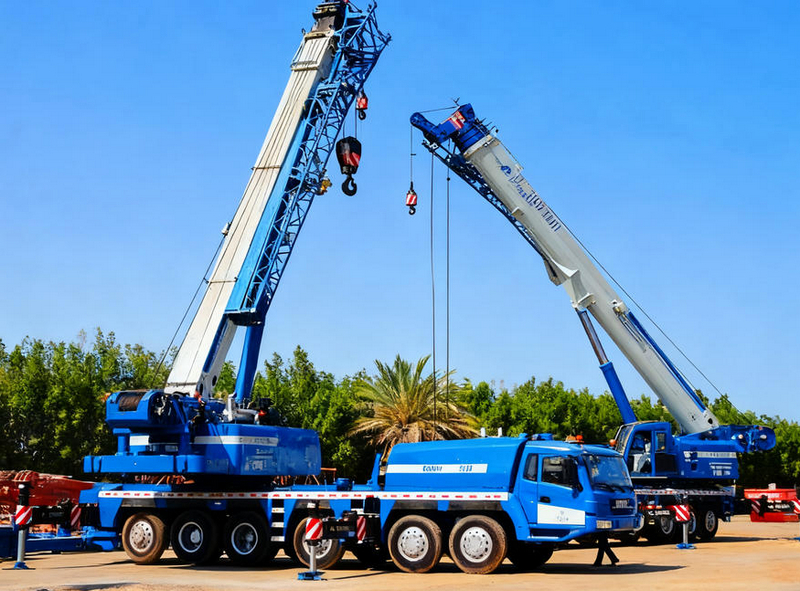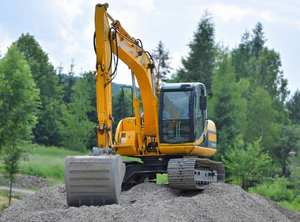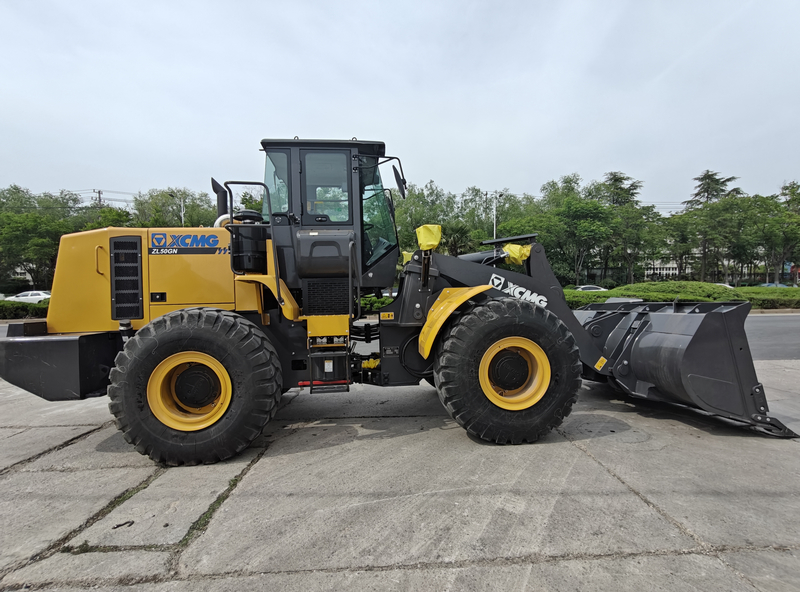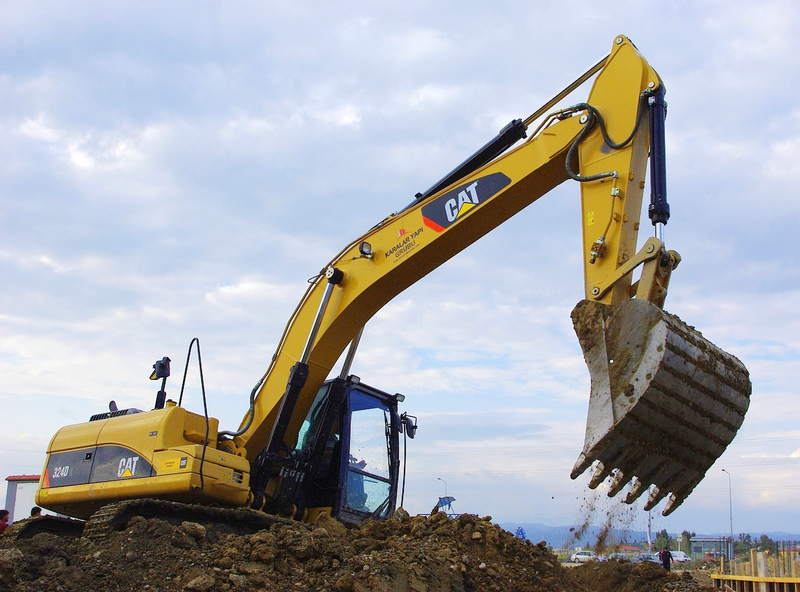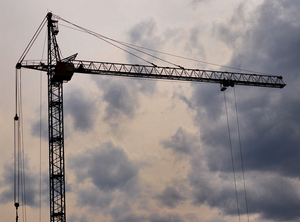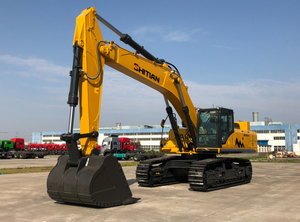In bulldozer operations, proper installation and standardized use of rippers are crucial for enhancing construction efficiency and ensuring operational safety. To guarantee stable equipment performance, operators must strictly adhere to installation recommendations and usage specifications before commencing work, thereby minimizing risks at the source and extending equipment lifespan.
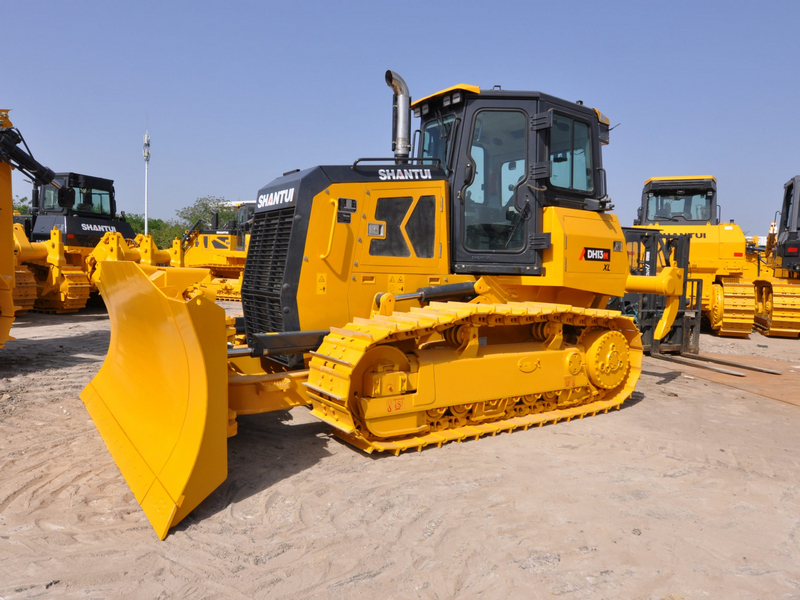
Installation Phase: Secure Connection and Comprehensive Testing
Before installing the ripper, ensure the bulldozer is shut down and power disconnected. Inspect the ripper body and accessories for damage, and prepare necessary tools such as bolts and wrenches. During installation, securely attach the ripper body to the rear frame using the mounting ears. Maintain an optimal angle for the ripper teeth to facilitate effective operation. Subsequently, connect the hydraulic cylinders and lines, verifying system functionality. After installation, conduct lifting and rotation tests with the equipment running to inspect hydraulic pressure and check for leaks, ensuring reliable operation.
Operating Techniques: Scientific Angle Selection and Correct Operation
During actual operation, select the appropriate loosening angle based on soil hardness. Hard soil layers require a larger angle to allow the tines to effectively penetrate the soil. Operationally, first retract the bucket cylinder and lower the main arm to drive the tines into the soil. Then, use the secondary arm to form a “lower hook” posture, catching the soil and gradually breaking it into clumps. Finally, use the “upper hook” to lift the soil clumps, achieving efficient loosening.
Safety Precautions: Standardized Operation and Equipment Inspection
Avoid loosening operations on slopes or uneven terrain to prevent equipment slippage or overturning. Operators must be thoroughly familiar with usage protocols to prevent accidents caused by misoperation. Additionally, regularly inspect wear components and replace them promptly to ensure operational safety and efficiency.
Maintenance: Extending Service Life
Regular cleaning and lubrication are essential to reduce wear during prolonged use. Maintain proper sealing in the hydraulic system and promptly replace damaged components. Frequently inspect the tightness of connecting parts to eliminate risks from loosening.
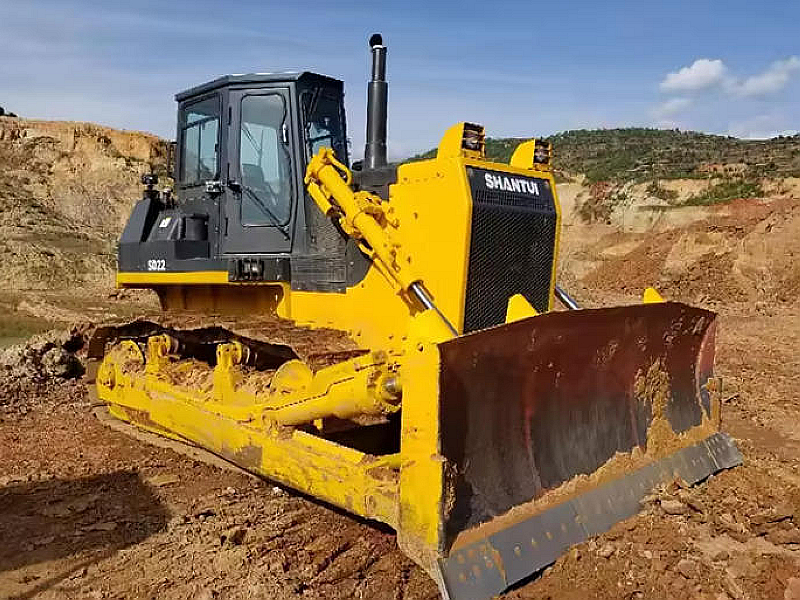
Through standardized installation procedures, scientific operating techniques, and rigorous safety maintenance, the bulldozer ripper maintains high-efficiency and stable performance across diverse construction environments, providing reliable support for engineering projects.
-
CATERBE Company Halloween Outing Day2025 / 10 / 31
-
CATERBE One Year Anniversary, Go Further Together2025 / 07 / 01
-
CATERBE Visited Wuyuan, Went to the Poetic Journey2025 / 06 / 05
-
CATERBE 2025 Annual Meeting: Gathering Together to Move Towards Brilliance2025 / 01 / 17
-
CATERBE Celebrates Christmas with Endless Joy2024 / 12 / 25
-
CATERBE's Housewarming Celebration2024 / 11 / 11
-
CATERBE Halloween Carnival: A Unique Two-Day Celebration2024 / 11 / 01
-
ZOOMLION Empowers Chinese Cranes to Go Global2025 / 11 / 24
-
YTO Group Appears at ICE&PE 20252025 / 11 / 14
-
New Electric Power! LGMG Makes a Splash at LogiMAT Southeast Asia2025 / 10 / 20
-
XCMG Crane Wins Prestigious Asian Award2025 / 10 / 11
-
ZOOMLION's Self-Developed Power Batteries Successfully Pass New National Standard Tests2025 / 09 / 15
-
LINGONG Heavy Machinery Partners with Equipment Provider at Finland's Maxpo Exhibition2025 / 09 / 02
-
LIUGONG's Truck Cranes Demonstrate Their Capabilities in Complex Operating Conditions2025 / 08 / 18




